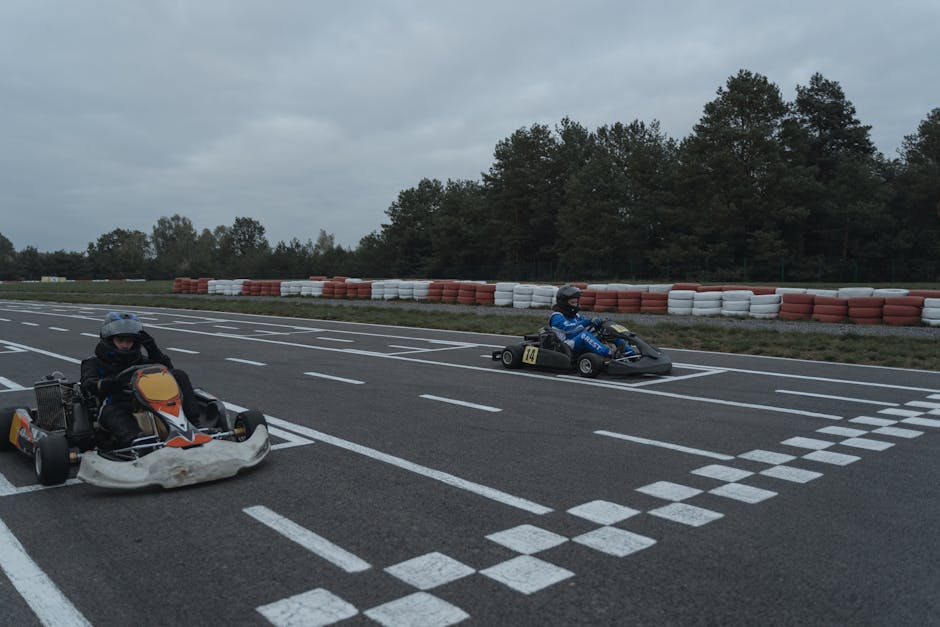The World of Speed Sport Timing: Beyond the Stopwatch
Speed sport timing isn’t simply about pressing a button at the start and finish line. It’s a complex interplay of precision engineering, sophisticated technology, and a deep understanding of the specific demands of each sport. From the electrifying sprints of athletics to the heart-stopping finishes of motorsports, accurate timing is paramount, determining winners, breaking records, and shaping the narratives of competition. This in-depth exploration delves into the fascinating world of speed sport timing, examining its evolution, the technology driving it forward, and its critical role in the integrity and excitement of competitive sports.
A History of Speed Sport Timing: From Handheld Stopwatches to Cutting-Edge Systems
The history of speed sport timing reflects the broader technological advancements of each era. Early methods relied on simple handheld stopwatches, subject to human error and limitations in precision. The inherent subjectivity introduced discrepancies, sometimes leading to controversial results and heated debates. As technology progressed, so did the accuracy and sophistication of timing systems. The introduction of electronic timing, using photoelectric cells and sensors, marked a significant leap forward, minimizing human error and drastically improving precision. This transition ushered in an era of greater fairness and transparency in competitive sports.
The Evolution of Electronic Timing Systems
- Photoelectric Timing: Utilizing light beams to detect the passage of athletes or vehicles, photoelectric timing revolutionized accuracy. The interruption of the light beam triggered a precise timestamp, eliminating the reaction time variability of human observation.
- Transponder Systems: These systems use radio frequency identification (RFID) tags attached to athletes or vehicles. Transponders communicate with receivers positioned along the course, providing continuous tracking data with incredibly high precision. This allows for real-time updates and eliminates concerns about obstructed views or other environmental factors.
- Video-Based Timing: High-speed cameras and sophisticated video analysis software provide another layer of accuracy and verification, particularly in close finishes. Frame-by-frame analysis allows for extremely precise determination of finishing times, providing irrefutable evidence in case of disputes.
- GPS Tracking: While primarily used in endurance sports and motorsport, GPS technology offers comprehensive data beyond just finishing times. It provides real-time speed, distance, and location data, enriching the analysis and providing valuable insights for athletes and coaches.
Technology at the Heart of Speed Sport Timing
Modern speed sport timing systems are marvels of engineering, incorporating a range of sophisticated technologies to ensure accuracy, reliability, and efficiency. These systems often consist of several interconnected components:
Key Components of Modern Speed Sport Timing Systems
- Sensors: These are the eyes and ears of the timing system, detecting the start and finish of the event. This can include photoelectric cells, pressure mats, RFID transponders, or other specialized sensors depending on the sport.
- Data Acquisition Units: These units collect data from the sensors, recording precise timestamps and other relevant information.
- Timing Software: Sophisticated software processes the raw data, performing calculations and generating results. It often includes features for data visualization, analysis, and report generation.
- Display Systems: Large displays provide real-time updates to spectators and officials, showing rankings, lap times, and other crucial information.
- Communication Networks: Reliable communication networks are essential for transmitting data between different components of the system, ensuring real-time updates and accurate results.
The Importance of Accuracy and Fairness in Speed Sport Timing
The accuracy and reliability of speed sport timing are crucial for maintaining the integrity of competition. Inaccurate timing can lead to incorrect results, impacting the careers of athletes, the reputation of events, and potentially even influencing financial outcomes. Therefore, stringent quality control measures are essential, ensuring that the equipment is properly calibrated and maintained, and that the timing process is meticulously followed.
Speed Sport Timing Across Different Disciplines
The application of speed sport timing varies depending on the specific demands of each sport. While the fundamental principles remain the same – precise measurement of time – the specific technologies and methodologies are tailored to each discipline:
Athletics
In athletics, the focus is on precise measurement of running, jumping, and throwing events. Photoelectric cells and video-based timing are commonly used to capture split times and overall finish times. The complexity increases in relay races, requiring sophisticated synchronization of multiple timing systems.
Motorsports
Motorsports utilizes a combination of transponder systems, video analysis, and GPS tracking to provide comprehensive data on speed, lap times, and vehicle positioning. This information is crucial not only for determining race winners but also for optimizing race strategy and improving vehicle performance.
Cycling
Cycling events, ranging from sprints to endurance races, use a variety of timing systems. Transponders are common in large-scale events, providing precise data on each cyclist’s progress. Photoelectric cells are used at the finish line to capture the exact finishing times.
Swimming
Touch pads embedded in the walls of the pool detect the swimmer’s finish, providing highly accurate timing data. These systems are often connected to sophisticated display systems that provide real-time results and rankings.
The Future of Speed Sport Timing
The field of speed sport timing is constantly evolving, with ongoing innovations aimed at improving accuracy, reliability, and efficiency. The integration of artificial intelligence (AI) and machine learning (ML) has the potential to further enhance data analysis and improve decision-making. New sensor technologies and advanced data processing techniques continue to emerge, promising even greater levels of precision and sophisticated data insights.
Conclusion
Speed sport timing is an indispensable aspect of competitive sports, underpinning fairness, accuracy, and the excitement of competition. From its humble beginnings with handheld stopwatches to its current state-of-the-art technology, the evolution of speed sport timing reflects our ongoing quest for precision and the pursuit of excellence. As technology continues to advance, we can expect further improvements in accuracy and the integration of data analytics, ultimately leading to a richer and more nuanced understanding of athletic performance and competitive dynamics.

